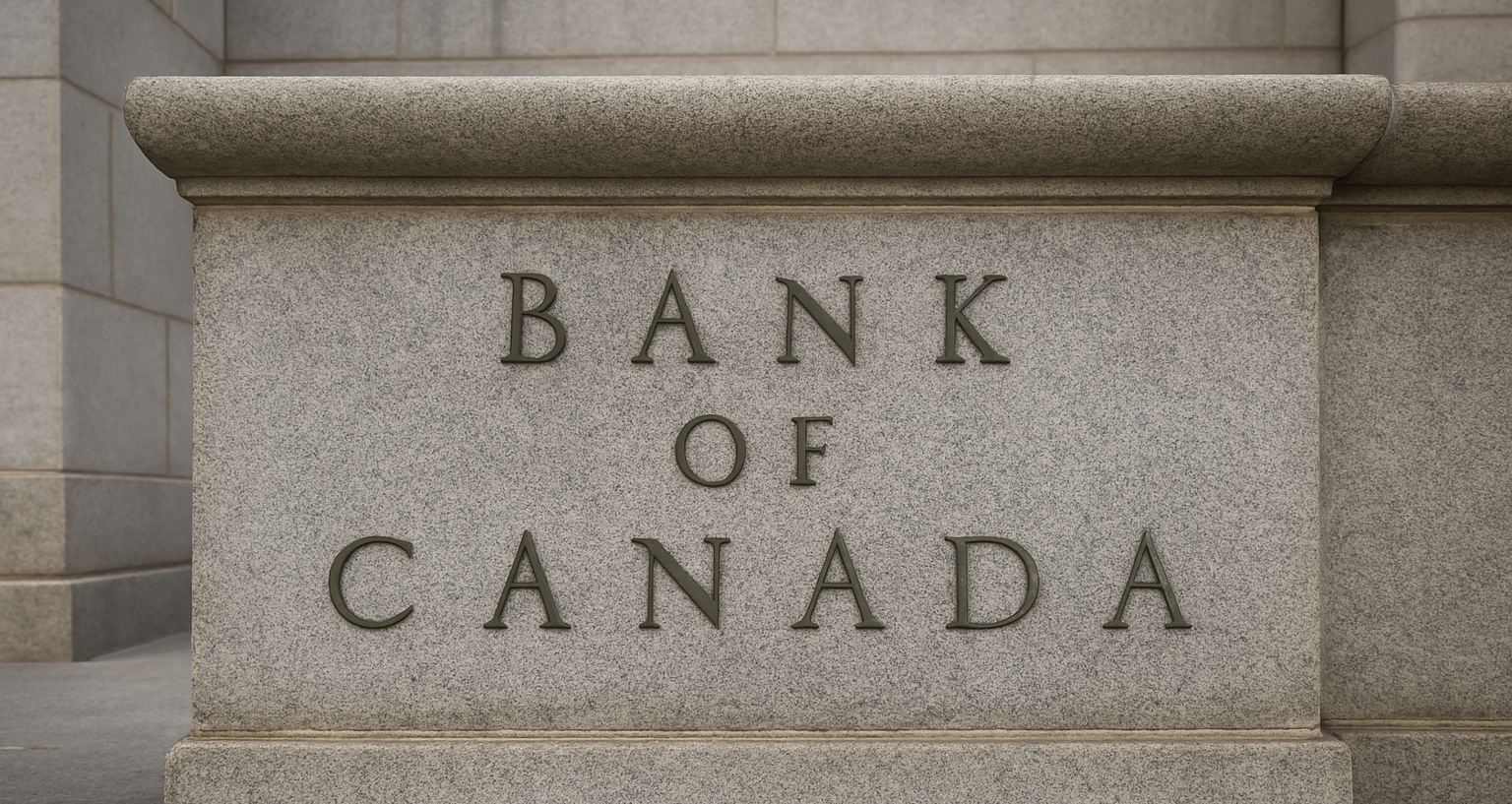
The Bank of Canada has lowered its overnight policy rate to 2.5 per cent. In its announcement, the Bank highlighted that U.S. tariffs have significantly weighed on Canadian exports and curbed business investment. While household spending has remained relatively strong, Canada’s GDP still contracted by about 1.5% in the second quarter, right in line with the Bank’s recent forecast.
The labour market has also shown further signs of weakness over the summer, with unemployment climbing to 7.1 per cent. That’s the highest level since May 2016, excluding the pandemic years. On the inflation front, the Bank noted that month-over-month core inflation pressures are easing. Combined with more stable trade policy developments, inflation risks appear less threatening than earlier this year.
Altogether, these developments mark a clear shift in the Bank of Canada’s rate outlook. Softer economic growth, paired with a cooling inflation trend, provided the backdrop for this latest cut. Even so, the Bank stressed caution given the uncertainties that still surround U.S. trade policy and the potential drag on Canadian exports.
Markets are now focused on the Bank’s next moves. Many economists expect another 25-basis-point cut before year-end, which would bring the policy rate down to 2.25 per cent. This view is already reflected in bond markets, with 5-year yields holding near 2.71%, about 0.4 percentage points lower than their summer highs. If this trend continues, 5-year fixed mortgage rates could edge down further, potentially sparking a modest pickup in housing activity to close out what has otherwise been a slow year.
Looking Ahead to 2026
Lower rates today, and the possibility of further cuts, could reshape the housing market over the next couple of years. If borrowing costs continue to decline, affordability pressures may ease slightly, giving buyers more confidence to enter the market in 2025 and 2026. This could help stabilize prices in regions where sales have cooled, while keeping upward momentum in more competitive urban centres.At the same time, the next wave of mortgage renewals will play a critical role. Many homeowners who locked into low rates during the pandemic are still facing higher renewal payments compared to what they had before. However, if rates settle in the mid - 2 per cent range or lower by the time they renew, the payment shock will be less severe than initially feared. That could reduce the number of distressed sales and bring more balance to the market.
Overall, while challenges remain in the broader economy, a softer rate environment points to a housing market that could see more stability and possibly renewed strength heading into 2026.
